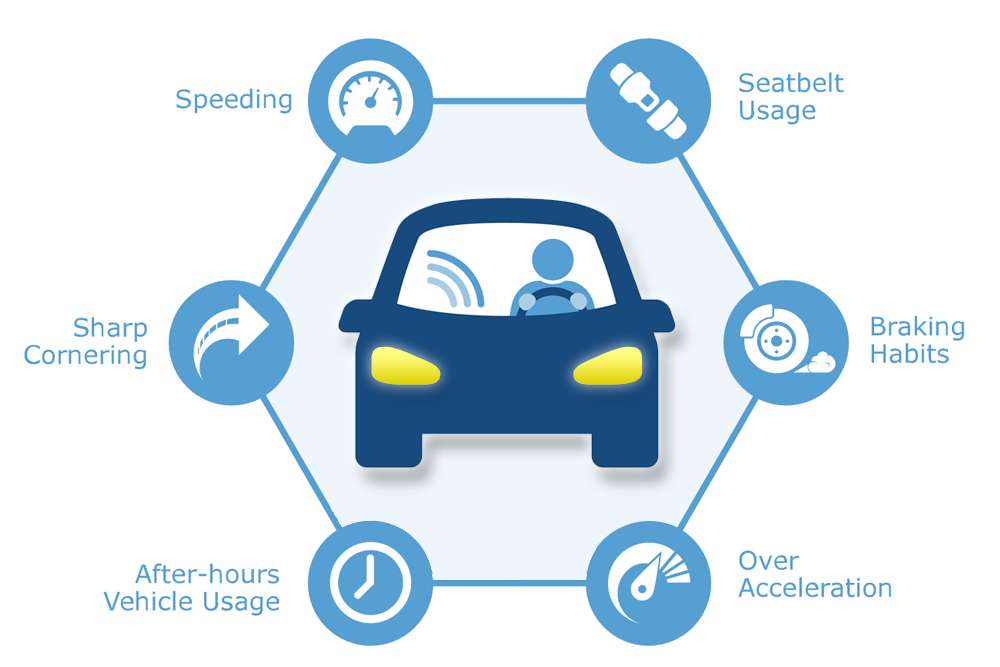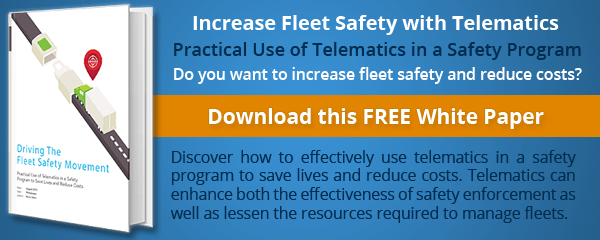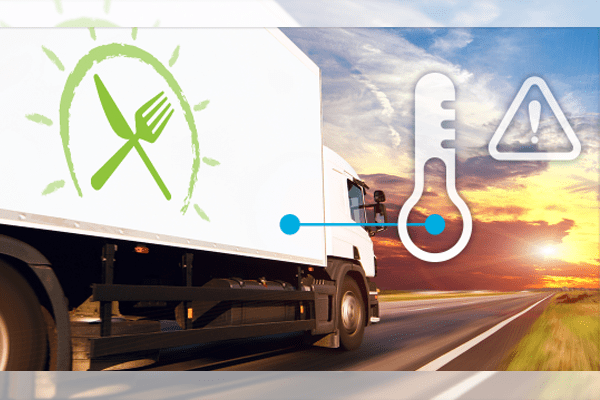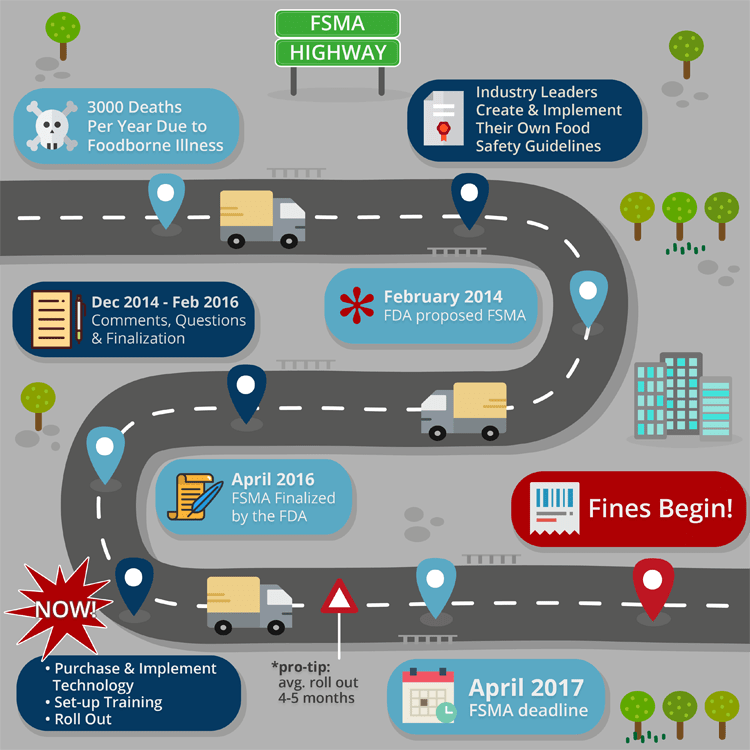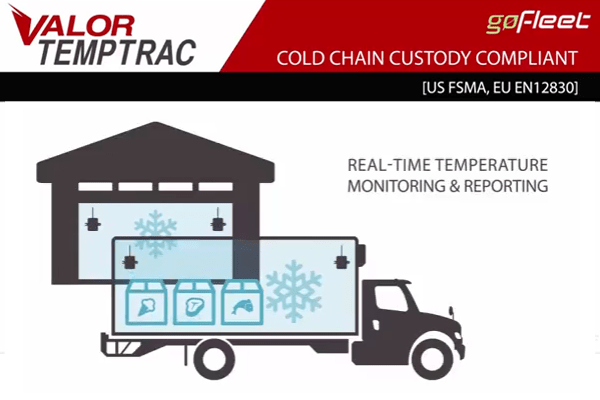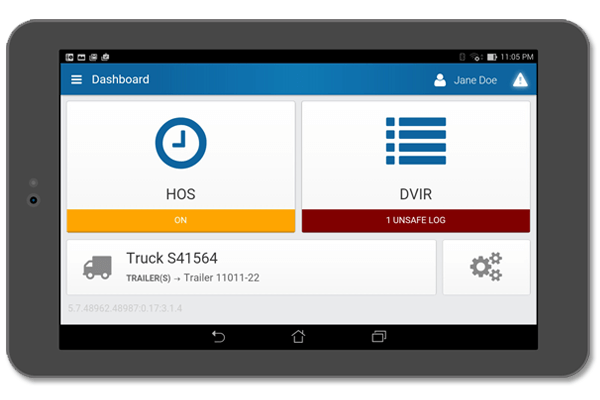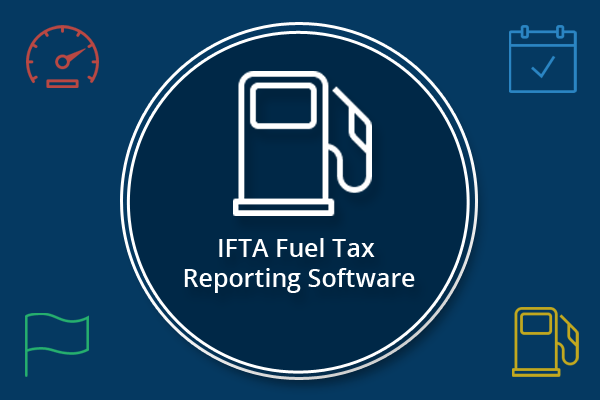Fleet managers often struggle with thinking proactively about fleet safety. When an accident occurs, most fleet managers wish they could be safer; but it’s hard to define exactly what fleet safety is or how to improve it.
What is Fleet Safety?
As the New York Times recently reported, traffic deaths are actually on the rise after years of decline. The suspected culprit: distracted driving. The problem has moved from phone calls and texts to now drivers using various smartphone apps while behind the wheel. Insurance companies have called it “a serious public safety concern for the nation” and say they are trying to figure out what to do.
For fleet managers, the challenge is establishing a culture where drivers are focused on doing their job and following proper procedures. It is important for fleet managers to take an active role in driver behavior. That means investing in driver training, communicating openly about expectations, and rewarding good drivers. A strong telematics system is vital to these components for improving driver safety.
How to Improve Fleet Safety
Step one is to get good data on what your drivers are doing. We provide fleet managers with Driver ID Keys so that every time a vehicle starts up they know who is driving it and what that driver does. You can then track seat belt usage, vehicle speed, acceleration, harsh braking, and aggressive cornering for each of your drivers.
The next step is to use this data to effectively coach your drivers. Real-time driver feedback can be set-up through our spoken-word GoTalk alerts; for example, warning a driver about speeding or failing to put on a seat belt. These verbal warnings, like “you are currently driving 80 miles per hour,” can often be more useful than the traditional safety “beeps”.
We also suggest our clients set up safety-focused Driver Scorecard Reports that show drivers exactly where they need to improve. Drivers can be ranked against each other and given recognition for good performance or penalized for unsafe events. If an accident does occur, our software can provide an accident report; time, speed, and g-force data is automatically uploaded for first responders and later accident reconstruction. Having good information about what happened can drastically reduce the cost of accident claims to a fleet.
ZenduCAM Takes Safety to the Next Level
While standard GPS monitoring and real-time coaching will undoubtedly improve safety, a full camera monitoring system can take it to the next level. ZenduCAM cameras look out from the dashboard and in at your driver’s cab. These cameras can be monitored in real time from a desktop or smartphone. The cameras can also be set to record footage around certain events. This can be used to show exactly what happened in an accident, either to exonerate or retrain a driver. The ZenduCAM system can also be set to record exactly what the driver was seeing while speeding or braking suddenly.
One Step Further
Mobileye can also be integrated with GoFleet to help prevent accidents with real-time collision warnings.
